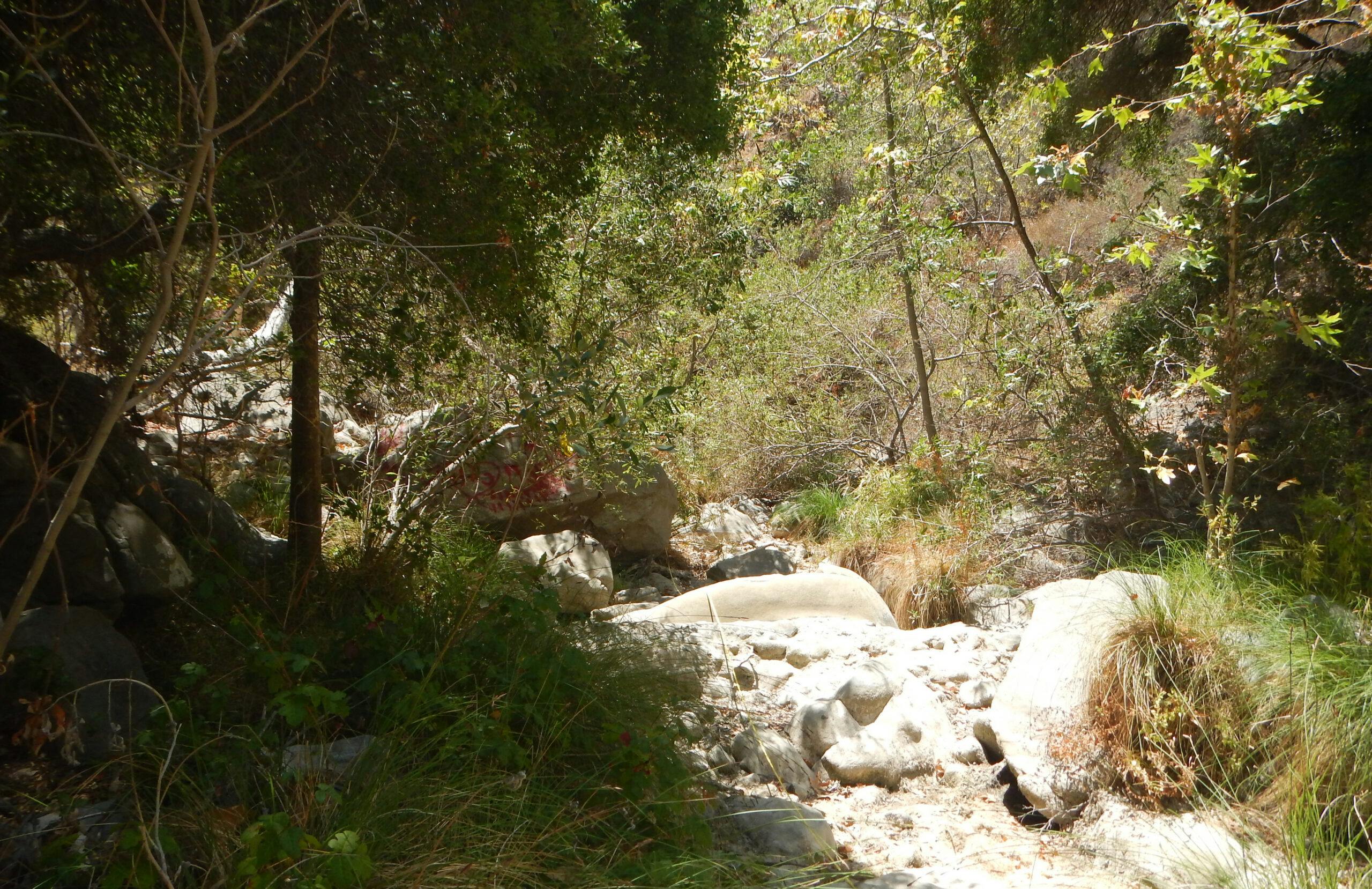Removing Obstacles to the Recovery of Endangered Steelhead Trout and Other Species
Roughly 80-95% of southern steelhead trout have lost their historical habitat ranges due to damming and other human impacts. Obstacles such as dams block access to fish spawning and rearing habitats and can severely impact natural stream functions and hydrology. Barriers in streams and rivers are major challenges to the recovery of endangered steelhead trout in the northern Santa Monica Bay watershed. Restoration of steelhead trout to its historic range could serve as a key indicator of ecosystem health for streams in the Bay watershed.
Through partnerships with landowners and agencies, The Bay Foundation (TBF) has worked on programs at Arroyo Sequit Creek within Leo Carrillo State Park, and Rindge Dam in Malibu Creek State Park to reconnect lower watershed habitats with upstream headwaters.
Project Highlights
